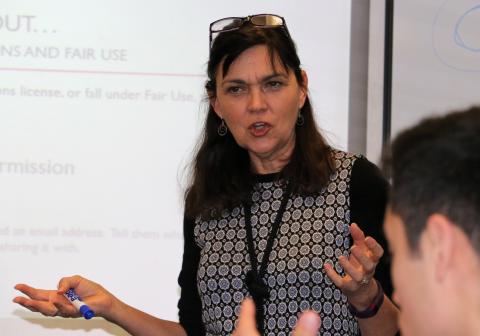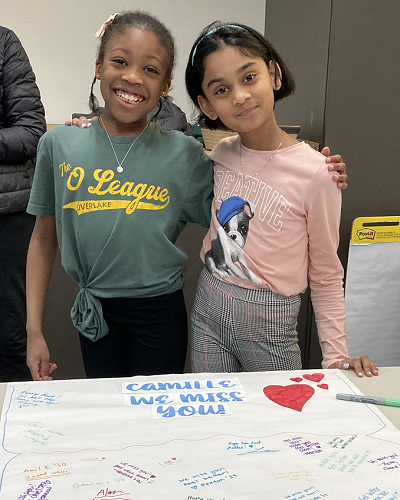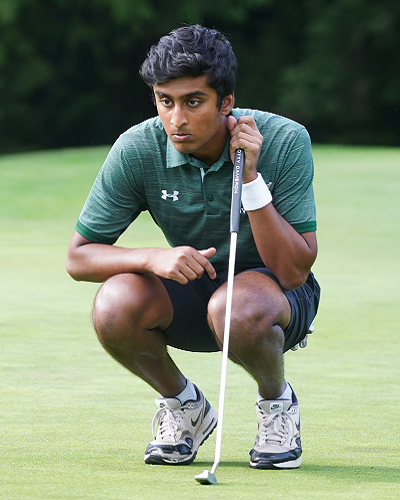Citing Materials and Research Projects

Correctly citing material is an integral part of our classroom instruction across the curriculum. Library Director Ann Ewel also works with students to help them understand best practices around copyright, Fair Use, and Creative Commons licensed work.
Without having a good understanding of copyright and Fair Use it is easy for faculty and students to have a nagging sense of guilt about the use of particular resources. Ewel hopes that through clarifying the concepts of Fair Use (under what circumstances you can use a copyrighted work without getting permission), Creative Commons (resources that are licensed for particular uses), and Copyright (resources that you need to get permission to use) that everyone will be able to relax.
Although students can use images and other media for classroom assignments without having to worry much about falling afoul of copyright, if the work is redistributed then copyright compliance can become an issue. Certainly students know that they need to attribute the work. “I’d like our community as a whole, faculty and students to get into the habit of posting the license under which they are using a source, or that they have acquired permission to use a copyright source.” For example, under an image, they might say, “Used with permission from . . . or used under a creative commons license.”
Ewel and Rebecca Moore, the other Overlake librarian, have been working broadly on digital citizenship, particularly with the 5th grade and 10th grade. They have created an online research guide with an extensive collection of articles, tips, tutorials, and advice on this digital citizenship webpage. Copyright issues are just a small part of digital citizenship. “Getting into classes and teaching digital citizenship is one of my goals,” says Ewel.
They have created this online research guide, http://library.overlake.org/digitalcitizenship, with articles, tips, tutorials, and advice for students and teachers.



